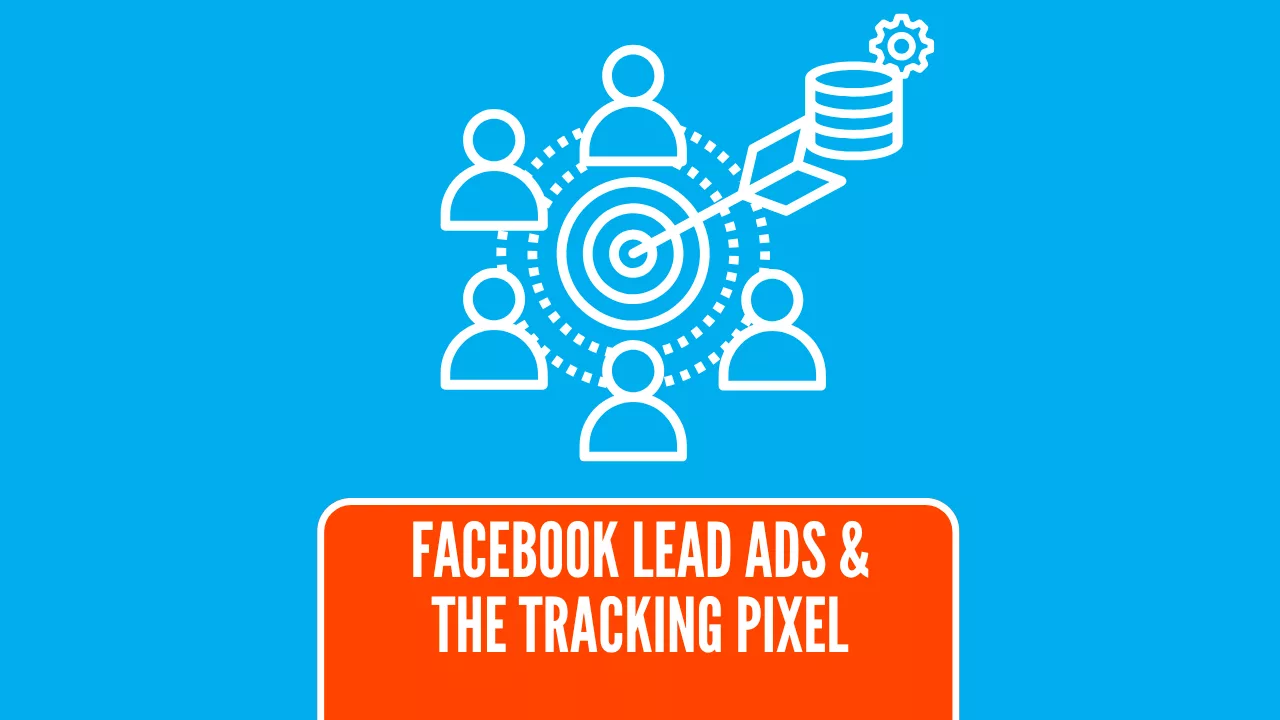If you’re running Meta (formerly Facebook) Lead Ads and wondering whether you still need to set up the Facebook Pixel on your website, you’re not alone. This is a common questions we hear from LeadSync users.
What is the Facebook Pixel, Anyway?
The Facebook Pixel is a snippet of code you add to your website to track visitor actions—like page views, purchases, or form submissions. It helps you:
- Measure conversions from your Meta ads
- Retarget website visitors
- Build lookalike audiences
- Optimize ad delivery based on user behavior
It’s a powerful tool for eCommerce, service-based businesses, and anyone running campaigns that drive traffic to a landing page or website.
But What About Meta Lead Ads?
Meta Lead Ads work differently.
Instead of directing people to your website, lead ads keep everything on Facebook or Instagram. The user taps your ad, sees a pre-filled form, hits submit, and you get the lead—without them ever leaving the platform.
That’s why they’re so effective: no load times, no distractions, just a smooth, mobile-first experience.
So the big question is:
Do You Still Need the Facebook Pixel?
Short answer: No, you don’t need the Facebook Pixel to run Meta Lead Ads.
Your ads will still collect leads, and you can still access them through Meta’s Leads Center, or (ideally!) send them instantly to your CRM or email inbox using LeadSync.me.
However…
Here’s Why You Might Still Want to still use the Facebook Tracking Pixel
Even though Meta Lead Ads don’t require a landing page, there are a few reasons you might still want the Pixel installed on your website:
1. Retargeting Website Visitors
If someone clicks your lead ad, then checks out your website later, the Pixel lets you retarget them with a different offer or follow-up campaign.
2. Creating Lookalike Audiences
The Pixel tracks valuable user behavior, which you can use to build smarter Lookalike Audiences. For example, you could create a Lookalike based on people who visited your pricing page or started a checkout.
3. Full-Funnel Tracking
If you’re running both Lead Ads and website traffic campaigns, the Pixel gives you a clearer view of your full customer journey.
4. Conversion Tracking for Non-Lead Ads
If you run other ad types—like link clicks, video views, or conversions—the Pixel is still essential to track those outcomes and optimize your spend.
What If You’re Only Running Lead Ads?
If you’re just running Lead Ads and don’t have a website (or don’t care about retargeting or lookalikes right now), you can absolutely skip the Pixel. Meta will still capture the lead data, and with LeadSync, you’ll receive those leads instantly via:
- Email notifications
- Google Sheets
- CRM integrations
- SMS or Slack alerts
Simple. Fast. No code required.
Bonus Tip: Use LeadSync to Supercharge Your Lead Ads
If you’re serious about lead generation, don’t leave those new leads sitting inside Meta. With LeadSync, you can:
- Get instant lead alerts via email and SMS
- Send leads directly to your CRM or email marketing platform
- Qualify and follow up with leads faster (and convert more of them)
It only takes a couple of minutes to set up.
Final Thoughts
If you’re focused purely on Meta Lead Ads, the Pixel is optional. But if you want to unlock the full power of Facebook advertising—think remarketing, deeper tracking, and smarter audience building—then installing the Pixel is still a smart move.
Next Steps
If you haven’t implemented the Facebook tracking pixel, check out Meta’s how-to guide.

